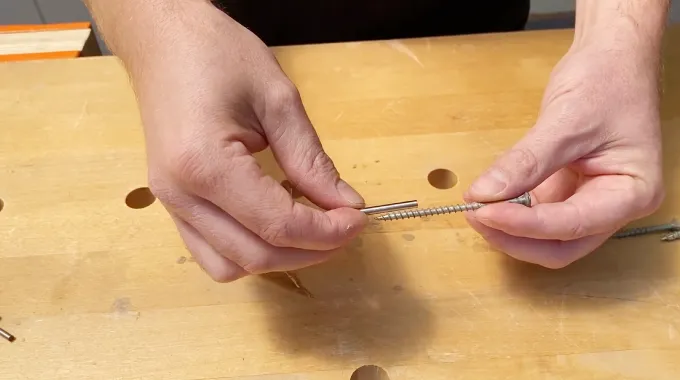Last Updated on March 20, 2023
If you’re eager to get that new shelf or family photo gallery up, don’t forget that you’ll need the right drill bit size, depending on your anchor type.
Lightweight anchors usually require between 1/4 and 3/8 inch bits, while heavier-duty ones could go up as large as 1/2 inch or bigger. To ensure a snug fit, go for a drill bit just a little smaller than the anchor’s outside diameter. It’ll be worth it.
Having the right drill bit on hand can mean the difference between a successful installation and a chaotic disaster. Selecting the wrong size may lead to wasted materials, lost time, or worse.
Let’s explore how you can ensure that doesn’t happen by finding just the correct-size drill bit for any type of drywall anchor needed.
What Size Drill Bit for Drywall Anchor: Common Factors
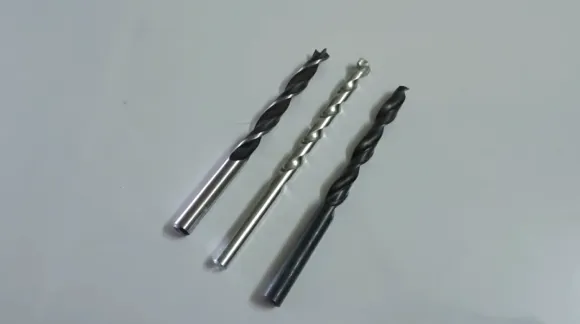
Anchors that are designed for lightweight applications generally require the use of a 1/4 to 3/8 inch drill bit, and toggle bolt type anchors for heavy-duty loads may need up to a 1/2 inch or even larger drill bit size.
It is important to note that while some systems allow you to use smaller drill bits, the larger hole will offer improved holding strength and reliability in most cases. The rule of thumb is that the hole should be slightly smaller than the outside diameter of the anchor.
When drilling drywall anchor holes, it is also essential to ensure that the hole depth is appropriate for the application.
Most drywall anchors are designed with a ‘stop collar,’ which prevents them from being inserted too deep into the wall. Therefore, if you do not have this feature on an anchor, you should take extra care when drilling your hole.
The goal should be to ensure that enough material remains around the anchor after insertion so as not to weaken its effectiveness in achieving maximum holding strength.
How to Determine the Right Size Drill Bit for Drywall Anchor?
When determining what size drill bit you will need for your drywall anchor, look at its packaging or instructions first, as they typically specify which size your particular anchor requires.
This information can usually be found by looking at either its measurements or product labels. In general, it is safe to practice choosing a slightly smaller drill bit than what is specified in order to ensure proper installation and maximum holding strength of the anchor in question.
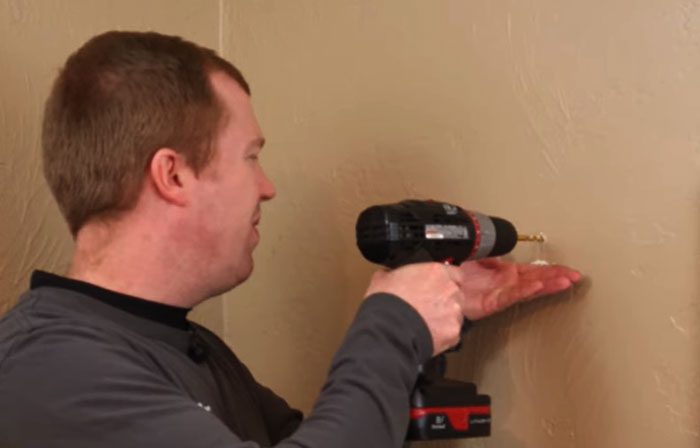
For example, an 8mm outside diameter anchor would require at least a 5mm or larger sized drill bit size for best results.
It is also important to remember that when drilling any holes for drywall anchors, it is vital that enough material remains around them so that they don’t weaken.
As such, one must make sure they select an appropriately sized drill bit that allows sufficient material around each individual bolt or screw and also check their depth so as not to exceed any stop collars found on certain types of wall anchors.
What Size Hole Do I Drill for a 1/4 Anchor?
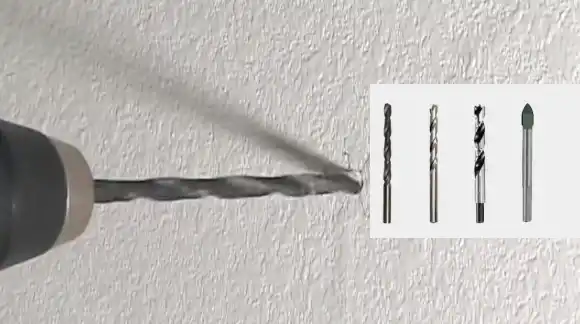
The ideal size hole to drill for a 1/4” diameter anchor is 3/16”, and it should be drilled 1/2″ deeper than the length of the anchor itself.
A carbide-tipped bit is recommended for making this kind of hole in drywall, as it provides greater precision and durability during the drilling process.
It’s important to ensure that the hole is perpendicular to the wall, as an angled or off-center hole can lead to improper installation of the anchor and weakened hold strength.
What Size Drill Bit Do You Need for 1/2 Inch Anchor?
For proper installation of a 1/2 inch drywall anchor, a 1/2 inch drill bit is necessary to make a suitable pilot hole in the wall material.
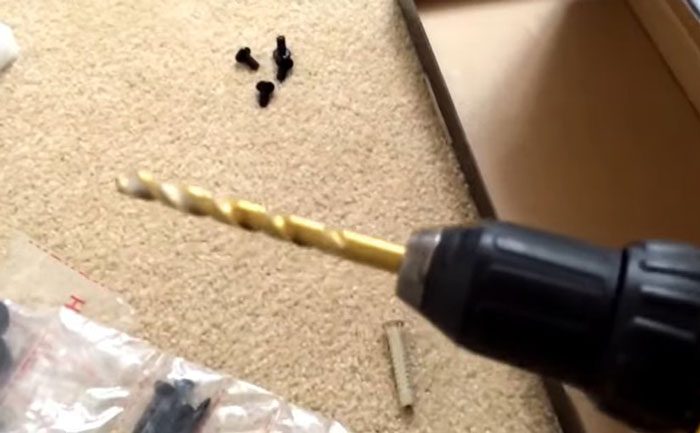
This bit should also be carbide-tipped in order to adequately bore through drywall without damaging it or causing fraying at its edges due to excessive heat from friction.
When using this size bit, it’s imperative to ensure that the depth of the pilot hole does not exceed its length by more than one-half inch so as not to compromise its holding capabilities once installed into the wall material.
How Do You Measure a Drill Bit for a Drywall Anchor?
To accurately measure a drill bit for use with drywall anchors, first, compare its shank measurement with that of the wall anchor itself.
This will give you an idea of what size pilot hole needs to be created for the successful installation of your chosen anchor type.
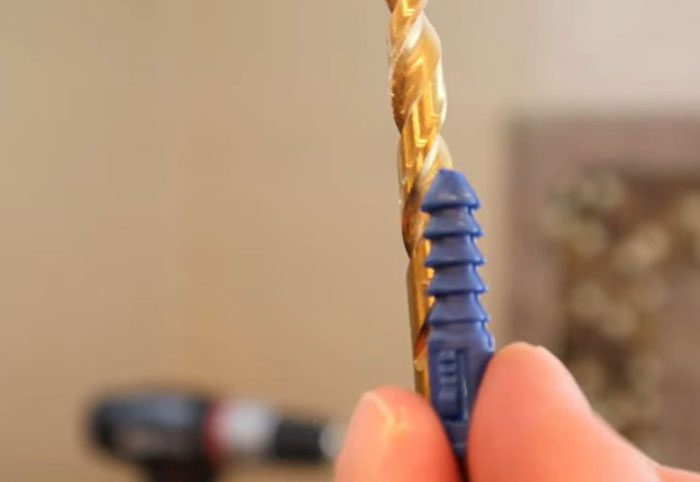
If multiple sizes are available when selecting your anchors (e.g., standard or heavy duty), consider their respective lengths so that you can adjust your drilling depth accordingly.
Also, utilize any additional directions provided by manufacturers on how best to install their specific product types to ensure optimum hold strength and performance once affixed into place within your wall surface material.
Do You Hammer Drywall Anchors All the Way In?

Some varieties might fit more easily into pre-drilled holes due to design differences (e.g., some have pointed ends that make it easier to insert them into pre-drilled holes).
But most require some form of tapping or light hammering after insertion to properly secure them within place underneath drywall surfaces (or other application materials).
When you put pressure on these anchors with hammers, ensure they fit snugly in their pilot holes so that they don’t shift during installation and guarantee optimal hold strength and longevity once fully installed in your walls.
What If You Make an Anchor Hole Too Big on Drywall?
If you’ve made an anchor hole too big, one option is to fill it with some liquid glue or adhesive specifically designed for wall mounting applications like masonry screws or anchors.
This will help create an extra layer of protection and stability around your anchor, ensuring that it stays in place even with everyday use or movement over time.
You can also cover up any large holes with a spackle or joint compound before touching up with paint and adding any wall decorations as desired afterward.
How to Drill Drywall using Drill Bit to Install Drywall Anchors?
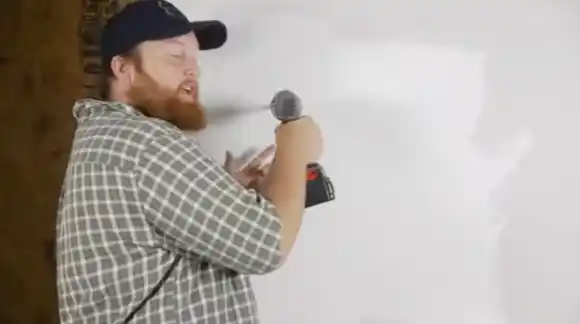
Gather the Necessary Tools and Materials
Before beginning to install drywall anchors, it is important to ensure that you have all the necessary tools and materials. The most common items needed are drill bits, safety gear such as gloves and protective eyewear, screwdriver bits, a handheld level, a tape measure or ruler, and a hammer or mallet.
Drill bits come in various shapes and sizes, depending on the job. If you are drilling into drywall, it is important to use drill bits designed specifically for this purpose.
They are usually made of steel or titanium and have sharp edges that can easily penetrate through the drywall material. It is also essential to make sure that you have the correct size bit for your anchors. This should be clearly indicated on the packaging of the anchor itself.
Safety gear is also essential when drilling into drywall. For many jobs like this, it may not seem necessary at first but wearing gloves, and eye protection can prevent serious injury if something goes wrong during installation.
A handheld level is also handy for ensuring your holes are at a consistent depth so that your anchors are evenly distributed. Lastly, having a tape measure or ruler will help you determine exactly where each hole needs to be drilled to be accurately placed on your wall.
Mark the Spot on the Wall
Once you have gathered all of your tools and materials together, it’s time to mark out where each hole needs to go on the wall before drilling into it.
Using a tape measure and pencil (or another marking tool), carefully measure out each spot on either side of where your anchor needs to go so that they will be evenly spaced apart from one another.
Once marked out, double-check these measurements using a handheld level before drilling into the drywall material itself.
Drill Hole Into Drywall at Marked Spot With Appropriate Bit
Now that everything is ready to install your anchors onto the drywall surface, it’s time to begin drilling. Start off by securely clamping down whatever type of bit you need onto your power drill before adjusting the speed setting accordingly based on manufacturer instructions found in its user manual (for safety reasons).
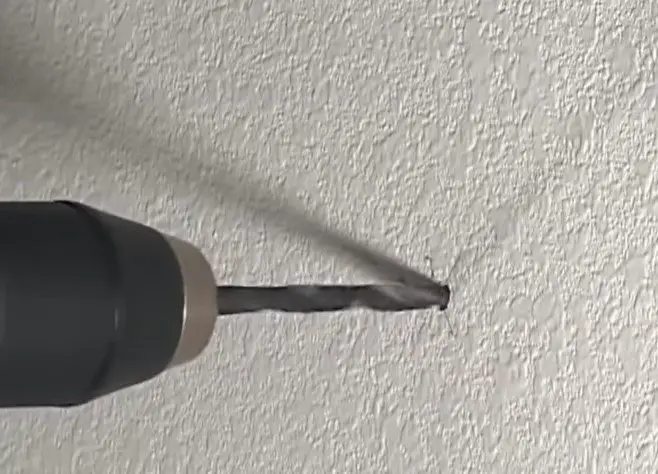
Next up, insert its tip directly into the center point marked out earlier until the proper depth desired has been achieved, then slowly withdraw the drill from the hole while remaining careful not to tear through another side of the wall surface accidentally – stop immediately if this occurs.
Tap the Anchor Into the Hole
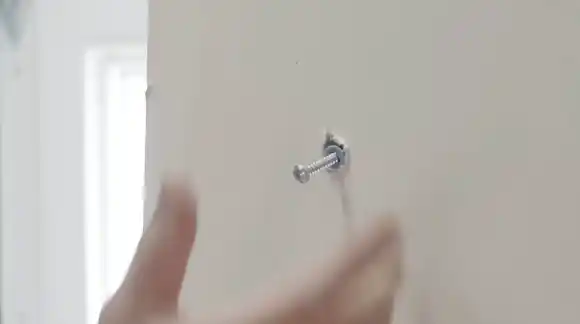
Now comes the time for the actual insertion of the anchor itself. Insert the pointed end of the anchor into the drilled hole, making sure it fits snugly, then gently tap downward with either hammer or mallet until fully seated inside.
Don’t forget to wear protective eyewear while doing so, just in case anything breaks free unexpectedly. Keep repeating the above steps as needed until all holes have an anchor inserted properly, ensuring tightness between the walls and surfaces when finished.
Insert Fastener Or Screw Into Anchor & Tighten
In the end, insert the fastener or screw associated with the anchor according to the package’s instructions, not overtightening, which could actually weaken hold strength.
Use an appropriate-sized Philips head screwdriver to adjust the tension desired after initially installed firmly but not excessively enough to remain secure without danger of falling off anytime soon.
Get Well-Fitted Drywall Anchors With the Right Bit Size
Using the right drill bit size for your drywall anchors is essential for ensuring a secure fitment and a safe installation. You need to ensure that the bit size is just slightly smaller in diameter than the anchor so that it won’t tear through your anchor or cause other damage during installation.
Knowing this information upfront can save you from having to redo your project if something goes wrong. With this knowledge, you now have all you need to find the perfect-fitting drywall anchor drill bit.
